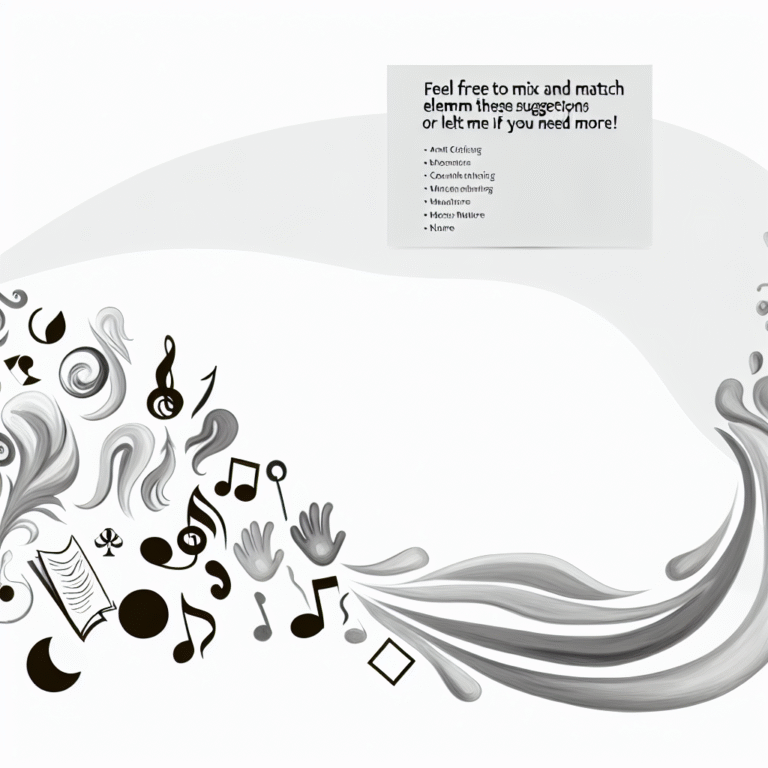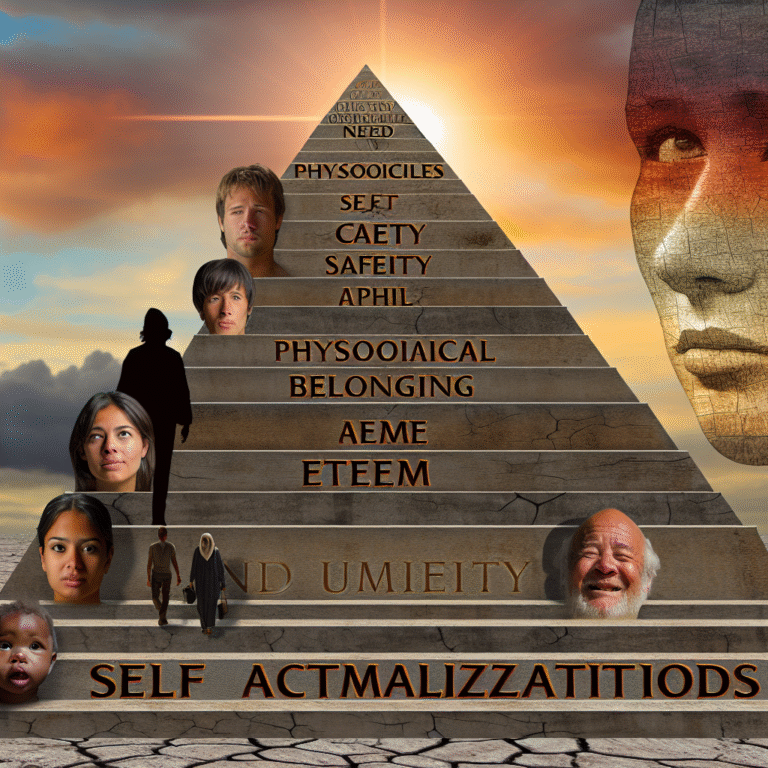
Lovers’ Guide to Attachment Styles: Finding Balance and Understanding in Relationships
Introduction
Have you ever found yourself wondering why some relationships seem to thrive while others struggle? The answer may lie in the way individuals connect with one another on an emotional level. Enter the concept of attachment styles—a framework that can revolutionize your understanding of your romantic encounters. Welcome to the Lovers’ Guide to Attachment Styles: Finding Balance and Understanding in Relationships. This exploration will dive deep into the intricate patterns of connection that define how we love, and how to enrich our relationships by understanding these dynamics.
As we navigate through the nuances of attachment styles, you’ll discover how they shape our interactions, influence our communication, and impact our emotional wellbeing. By the end, you won’t just be equipped with knowledge; you’ll possess the tools to foster healthier, more fulfilling relationships.
Understanding Attachment Theory
Attachment theory, originally developed by psychologist John Bowlby, posits that our early relationships with caregivers profoundly influence how we engage in adult romantic relationships. Here, we will delve into the four primary attachment styles:
Secure Attachment: Individuals with a secure attachment style typically have a positive view of themselves and others. They are comfortable with intimacy, able to express emotions, and maintain a balanced approach to relationships.
Anxious Attachment: Those with an anxious attachment style often seek excessive closeness and can become preoccupied with their relationships. They fear abandonment and often need reassurance, which can lead to conflicts.
Avoidant Attachment: Individuals with avoidant attachment may value independence over connection, often keeping partners at arm’s length. They can struggle with emotional intimacy and may withdraw in times of stress.
- Disorganized Attachment: This style combines characteristics of both anxious and avoidant attachment, often leading to confusion and insecurity in relationships. It typically stems from past trauma or inconsistent caregiving.
Table 1: Overview of Attachment Styles
| Attachment Style | Characteristics | Relationship Impact |
|---|---|---|
| Secure | Comfortable with intimacy, balanced | Healthy, fulfilling relationships |
| Anxious | Preoccupied with relationships, seeks reassurance | Potential for conflict and anxiety |
| Avoidant | Values independence, struggles with closeness | Emotional distance and miscommunication |
| Disorganized | Confused, unpredictable behavior | Instability, ongoing conflicts |
Case Study 1: The Secure Couple
Consider Sarah and Mark, a couple who exhibit secure attachment styles. They communicate openly and express their needs and emotions without fear of judgment. When conflicts arise, they approach them as a team, focusing on resolution rather than blame.
Analysis
This example illustrates the harmony achievable when both partners possess secure attachment. Their ability to communicate healthily leads to a strong foundation based on trust and mutual respect, epitomizing what we strive for in the Lovers’ Guide to Attachment Styles: Finding Balance and Understanding in Relationships.
Navigating Anxious Attachment
In contrast, let’s examine Jamie, who has an anxious attachment style. Jamie often finds herself feeling insecure in her relationship with Alex. She constantly seeks reassurance but is frequently met with Alex’s tendency to withdraw, due to his avoidant attachment.
Analysis
This dynamic can create a cycle of stress for Jamie, as her need for closeness clashes with Alex’s desire for space. Understanding this interplay is vital for anyone delving into our Lovers’ Guide to Attachment Styles: Finding Balance and Understanding in Relationships. Addressing these needs with honesty and direct communication can help Jamie break the cycle and foster more security within her relationship.
Cultivating Awareness: Self-Reflection
By understanding your own attachment style first, you’re equipped to recognize how it influences your relationships. Self-reflection is crucial. Here are some reflective questions to consider:
- How do you respond to intimacy?
- Do you often feel anxious or distant?
- How do your past relationship patterns influence your current connections?
Using Self-Reflection for Growth
Investing time in self-reflection not only brings awareness but also offers opportunities for personal growth. As you follow the Lovers’ Guide to Attachment Styles: Finding Balance and Understanding in Relationships, allow your insights to inform how you engage with others.
The Role of Communication
Communication is the cornerstone of any relationship, but its importance multiplies when attachment styles enter the fray. Let’s explore techniques tailored to different attachment styles.
For Secure Individuals
Utilize open, straightforward communication. Share thoughts, feelings, and plans. For instance, "I feel happy when we spend quality time together." This nurtures connection and reinforces a secure bond.
For Anxious Individuals
Practice clear expressions of needs while striving to reduce dependency. For example, instead of expecting continuous reassurance, focus on affirming one’s self-worth through self-reflection and balanced sharing in conversations.
For Avoidant Individuals
Work on acknowledging emotional needs, allowing vulnerability. Developing skills to articulate feelings can help partners feel at ease, making relationships deeper.
For Disorganized Individuals
Safety and predictability are paramount. Establishing stable routines in conversations and affirming trust-building actions can provide a solid foundation for moving forward.
Case Study 2: The Anxious-Avoidant Cycle
Now, take a look at Jenna and Ryan, where Jenna has an anxious attachment style, and Ryan is avoidantly attached. Their relationship often oscillates between closeness and distance, leading to perpetual misunderstandings.
Analysis
This cycle encapsulates a common dynamic known as the anxious-avoidant trap. Jenna’s desire for connection triggers Ryan’s urge to withdraw, ultimately leading to dissatisfaction for both. Thus, recognizing these patterns within the Lovers’ Guide to Attachment Styles: Finding Balance and Understanding in Relationships gives them the chance to break free from this cycle through awareness and communication.
Strategies for Balance
Here’s how couples can work on cultivating balance and understanding in their relationships through actionable strategies.
1. Education and Awareness
Understanding each other’s attachment styles can be a game changer. Consider participating in workshops or reading books on attachment theory together.
2. Open Conversations
Communicate openly about each partner’s feelings. If discussing conflict, implement "I" statements instead of "you" statements. This fosters understanding instead of defensiveness.
3. Set Boundaries
Create clear, healthy boundaries that respect both partners’ needs. This is particularly crucial for anxious and avoidant individuals, as it allows for increased comfort.
4. Seeking Professional Help
If patterns seem unbreakable, consider seeking couples therapy. A professional can offer invaluable insights and tools tailored to your unique dynamic.
5. Regular Check-Ins
Establish a regular ‘check-in’ where each partner can express thoughts and feelings without fear of judgment. This builds connection and nurtures understanding over time.
Emotional Regulation Techniques
Emotional regulation is crucial in navigating attachment styles. Here are a few grounded techniques:
Mindfulness: Encourage self-awareness by practicing mindfulness exercises. This is particularly beneficial for anxious individuals who may face overwhelming emotions.
Breathing Exercises: Simple breathing techniques can help calm the mind and promote a clearer response during conflicts.
- Journaling: Writing down feelings can be a powerful tool for processing emotions, especially for those with chaotic emotional landscapes.
Conclusion
The Lovers’ Guide to Attachment Styles: Finding Balance and Understanding in Relationships leads us on a transformative journey toward deeper emotional wellbeing in our romantic encounters. By understanding attachment styles, we open ourselves to better navigate the complex landscape of love and connection.
Through awareness, communication, and emotional regulation, couples can break free from harmful cycles and cultivate healthier, more fulfilling relationships. Remember, the key to lasting love often lies not only in understanding others but also in embarking on a journey of self-discovery and growth.
Actionable Takeaway
Take a moment today to reflect on your attachment style. Consider how it shapes your responses in your romantic relationships. With this knowledge, you can take actionable steps toward healthier love—finding balance and connection in meaningful ways.
FAQs
1. What are the four main attachment styles?
- The four main attachment styles include secure, anxious, avoidant, and disorganized. Each influences how individuals connect and interact in relationships.
2. How can I determine my attachment style?
- Self-reflection, recognized patterns in relationships, and taking online quizzes can help identify your attachment style.
3. Can attachment styles change over time?
- Yes, attachment styles can evolve with new experiences, relationships, and personal growth. Engaging in therapy can also foster change.
4. How can I change my attachment style?
- Through education, mindfulness, improving communication skills, and seeking therapy, individuals can work on shifting their attachment styles.
5. Why is understanding attachment styles important?
- Understanding attachment styles fosters better relationships by allowing individuals to navigate emotional needs and interpersonal dynamics more effectively.
By embracing the Lovers’ Guide to Attachment Styles: Finding Balance and Understanding in Relationships, you’re taking the first step toward more meaningful connections. May your journey be empowering and fulfilling!












